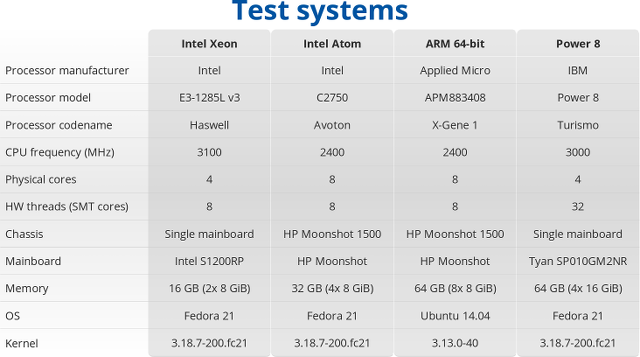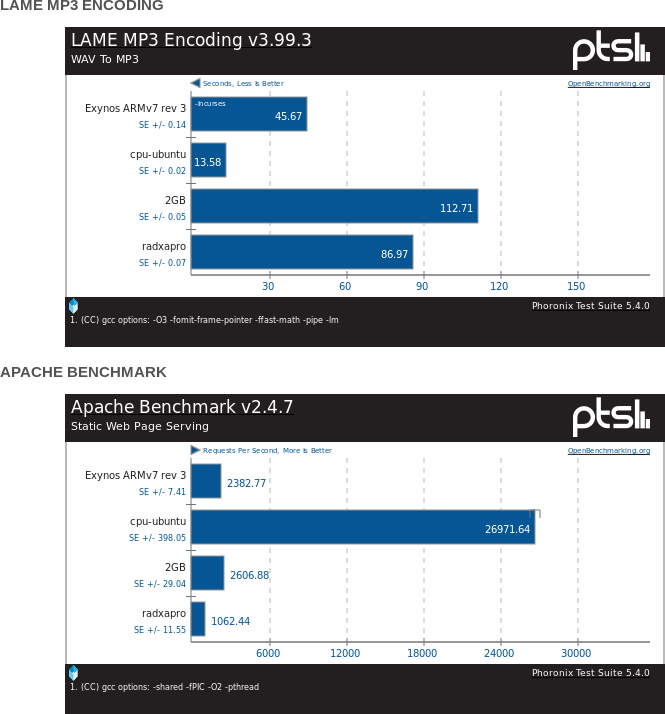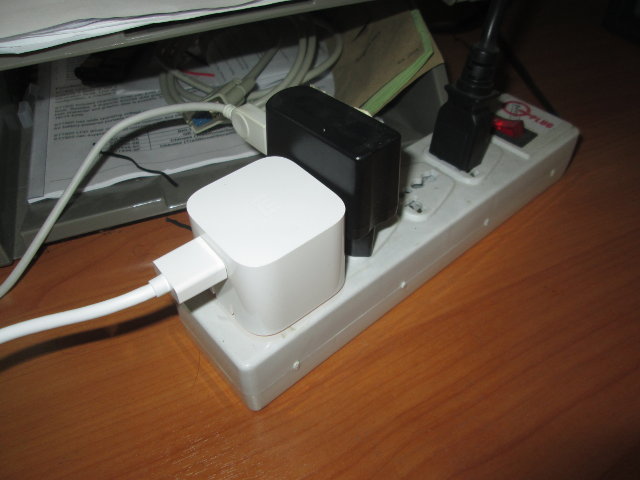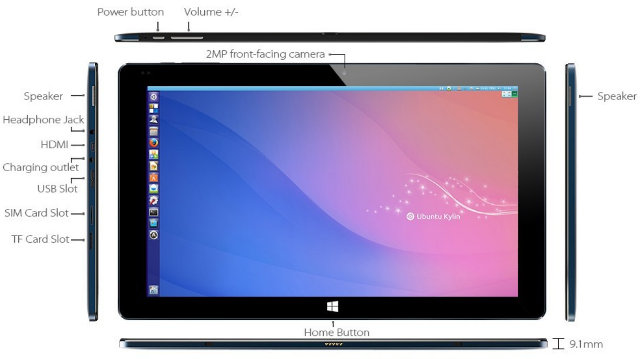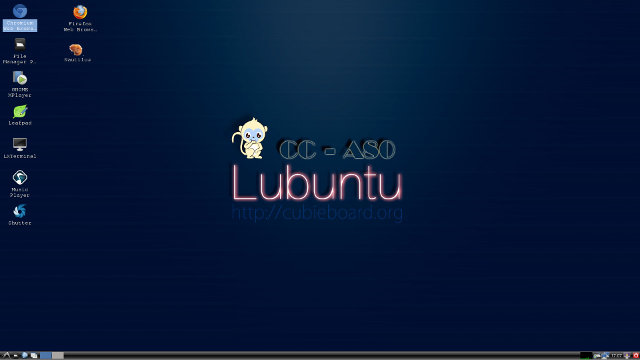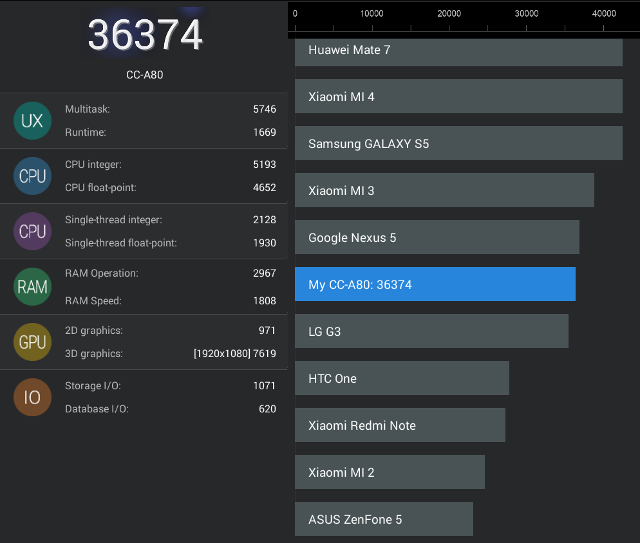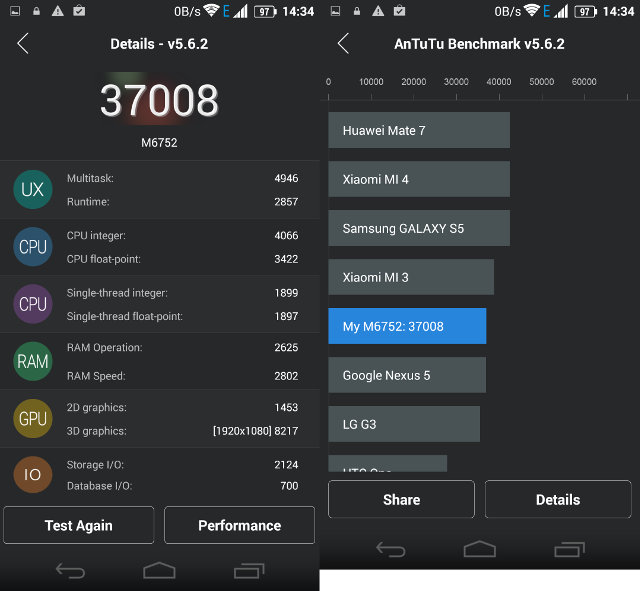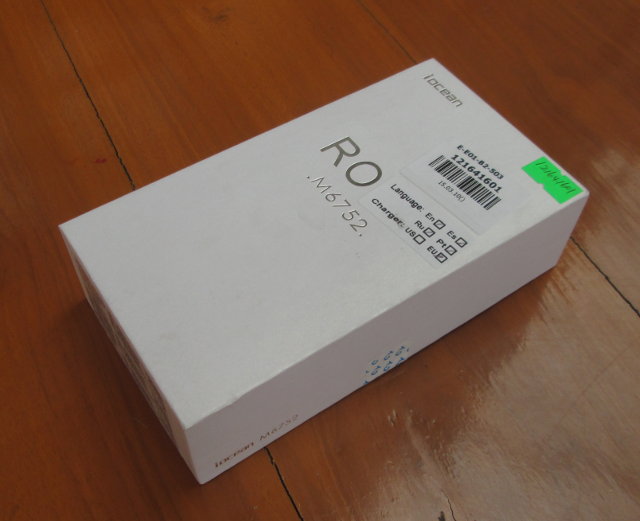Last year, the CERN published a paper comparing Applied Micro X-Gene (64-bit ARM) vs Intel Xeon (64-bit x86) Performance and Power Usage, and they’ve now added IBM Power 8 and Intel Atom Avoton C2750 processor to the mix in a new presentation entitled “A look beyond x86: OpenPOWER & AArch64“. So four systems based on Intel Xeon E3-1285L, Intel Atom C2750, Applied Micro X-Gene 1, and IBM Power 8 were compared, all running Fedora 21, except the HP Moonshot 1500 ARM plarform running Ubuntu 14.04 and an older kernel. All four systems use gcc 4.9.2, and Racktivity intelligent PDUs were used for power measurement. I’ll just share some of their results, you can read the presentation, or go through the benchmark results to find out more. HEP-SPEC06 is a new High Energy Physics (HEP) benchmark for measuring CPU performance developed by the HEPiX Benchmarking Working Group, and here it’s not […]
How to Compare Systems Benchmarked with Phoronix Test Suite
Phoronix Test Suite is an open source benchmark for Linux, Solaris, Mac OS X, Windows & BSD operating systems, but in practice it’s mostly used for Linux OS since other benchmarks solutions are available in Windows, while choices are more limited in Linux. There are many benchmarks to choose from, and you can select the ones you want by running a “batch-benchmarks” from the command line. I’ve done so when testing performance of ODROID-XU3 Lite and Cubieboard4 boards in Ubuntu, and once the tests are completed, the results will be automatically uploaded to openbenchmarking.org. From there, it’s quite easy to compare recent results as you’ll get an “add to comparison” option on the site, and you can pick a few results. You can select a few systems, and then click on “Compare Results” to get a side-by-side comparison. If you want to compare your system to an existing system, you […]
Xiaomi Mi Box Mini Review
After showing pictures of Xiami Mi Box Mini, it’s now time for a “review”, but a bit different from my other reviews, as Xiaomi tiny media player is much different. First the firmware is in Chinese only, and there’s only one external port HDMI output. So first I’ll show the user interface is Chinese, then explain how you can install your own Android apps, and finally run some benchmark to evaluates Mediatek MT8568, Wi-Fi and storage performance. Xiaomi Mi Box Mini Setup and Chinese User Interface The device is super small, but in my case it was almost too big, as it takes enough space to potentially cause problems with the adjacent plug. This little issue will of course depend on your power extension. You then need to connect the 1.5 meter HDMI cable, which should be long enough for most setups, and you’ll see some guide asking you to […]
Cube i7-CM is an Ubuntu Tablet Powered by Intel Core M-5Y10 Processor
Alldocube is a Chinese company known for its Cube Android tablets, and more recently, it has launched some Windows 8.1 tablets. The company has now announced its first Ubuntu tablet with Cube i7-CM featuring a recent low power Broadwell-Y Core M-5Y10 processor. Cube i7-CM tablet specifications: SoC – Intel Core M-5Y10 dual core / four threads processor @ 800 MHz (Burst freq: 2.0 GHz) with 4MB cache, and Intel HD graphics 5300 (4.5W TDP) System Memory – 4GB RAM Storage – 64GB eMMC + micro SD card slot (up to 32GB) Display – 11.6″ capacitive touchscreen; resolution: 1920×1080; 10-point touch. Video Output – micro HDMI Audio – 3.5mm headphone jack, dual speaker, microphone, and HDMI Connectivity – Wi-Fi 802.11 b/g/n + Bluetooth 4.0 Cellular (Data only, single SIM card slot) 4G – FDD-LTE Band 1/3/7 & TDD-LTE 38/39/40/41 3G – WCDMA:900/2100MHz 2G – GSM:850/900/1800/1900MHz Camera – 5MP Rear camera, 2MP front-facing camera […]
Cubieboard 4 Ubuntu Review – Setup, Usability, and Performance
Cubieboard4 is a development board powered by Allwinner A80 octa-core processor with 2GB RAM and 16GB eMMC. I’ve already shown how to get started with the board using the pre-installed Android 4.4 image, and run some benchmarks in Android, so now it’s time to check out the Ubuntu Linaro 14.04 image provided by CubieTech. I’ll show how to install and setup Ubuntu 14.04 on the board using a micro SD card, run desktop applications like Chromium, Libre Office, and son on on the board, and complete the review with some Linux benchmarks. Setting up Ubuntu on Cubieboard4 Firmware images for Cubiebord4 can be downloaded @ http://dl.cubieboard.org/model/cc-a80/Image/. Currently Android 4.4, Debian server, Ubuntu Linaro server, and Ubuntu Linaro desktop with LXDE desktop environment. That’s the latter I’ll use for the experiment, and two images are available: linaro-desktop-cb4-card-hdmi-v0.4.img.7z – Bootable image from micro SD card linaro-desktop-cb4-emmc-hdmi-v0.4.img.7z – Installation image to eMMC to […]
Cubieboard4 Benchmarks in Android
Last time I tried running benchmarks in an Allwinner A80 board (A80 OptimusBoard), it either rebooted during the benchmark, or had fairly disappointing results for example for USB storage. I documented my findings in a post entitled “Current Performance and Stability Issues on AllWinner A80 OptimusBoard Development Board” which was written in October 2014. But a few months have passed, and since Cubieboard4 is another hardware platform, so I was interested in running benchmarks including storage and networking performance testing on the new board to see if any progress was made. Cubieboard4 Android Benchmarks – Antutu, Vellamo, and 3DMarks Manufacturers can add the key ro.sys.hiritsu to build.prop in order to artificially inflate their Antutu scores with Allwinner A80 processor. So before running Antutu, I checked /system/build.prop in the firmware, and found out no trace of this variable, which can only be good for CubieTech reputation. CC-A80 board, the other name […]
Iocean M6752 Smartphone Review
Last week I provides specs, took some pictures, and run Antutu benchmark on Iocean M6752, a 64-bit ARM smartphone powered by Mediatek MT6752 octa-core Cortex A53 processor with 3GB RAM, 16 GB eMMC, and a 5.5″ FullHD display. I’ve been using the device as my main smartphone for over a week, and I’m now ready to write a full review for the phone. General Impressions At first the material and color used on the back cover feels a little strange, but I quickly got used it, and the build quality seems pretty good, and the phone is very light. I must have made one or two calls during the week, and I mainly use my smartphone to check emails, run social network apps, browse the web, play some casual games like Candy Crush Saga, watch YouTube videos, and make Skype calls, and for these tasks I could not really fault […]
Iocean M6752 Octa-core Cortex A53 Android Smartphone Unboxing, First Boot, and Benchmarks
I’m quite interested in testing 64-bit ARM platform, but since mini PCs and development boards are not quite there yet, GearBest give me the opportunity to check out Iocean M6752 smartphone based on Mediatek MT6752 Octa core ARM Cortex 53 processor with 3GB RAM, 16GB flash, but running Antutu 4.4.4 (32-bit). Today, I’ll provide the complete specifications of the phone, take a few pictures, and run CPU-Z and Antutu benchmark, before writing a full review in one week or so. Iocean M6752 specifications The smartphone may have multiple versions with up 16 or 32GB storage, and 1, 2 or 3 GB RAM, but the one I received has the following specifications: SoC – Mediatek MT6752 Octa-core 64-bit ARM Cortex A53 processor @ 1.7 GHz, with ARM Mali-T760 MP2 GPU and H.265 UHD capable video processing unit. System Memory – 3GB RAM Storage – 16 GB eMMC + micro SD slot […]


